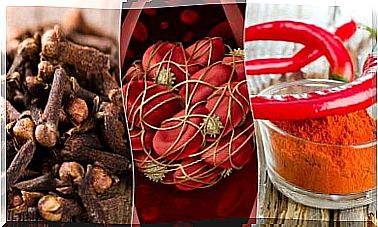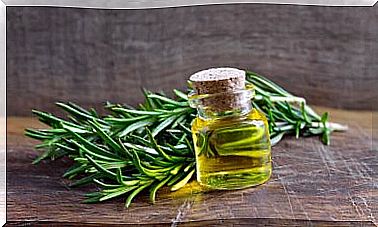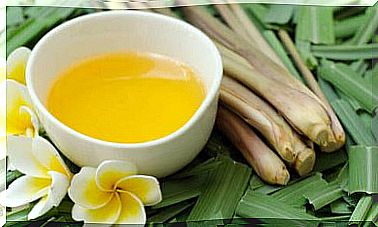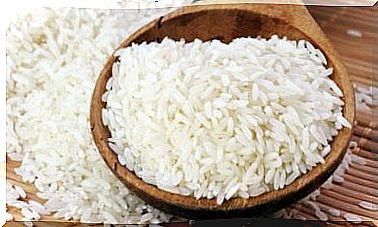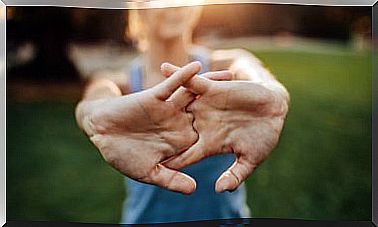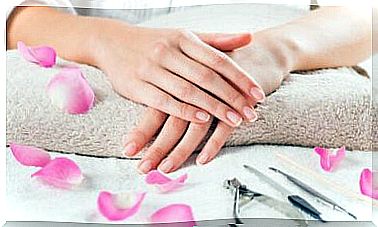Ichthyosis Vulgaris: What Is It And How Is Its Treatment?
In most cases, ichthyosis vulgaris does not cause severe symptoms. However, there are also more serious cases. The best way to control the disease is to take routine home care measures.
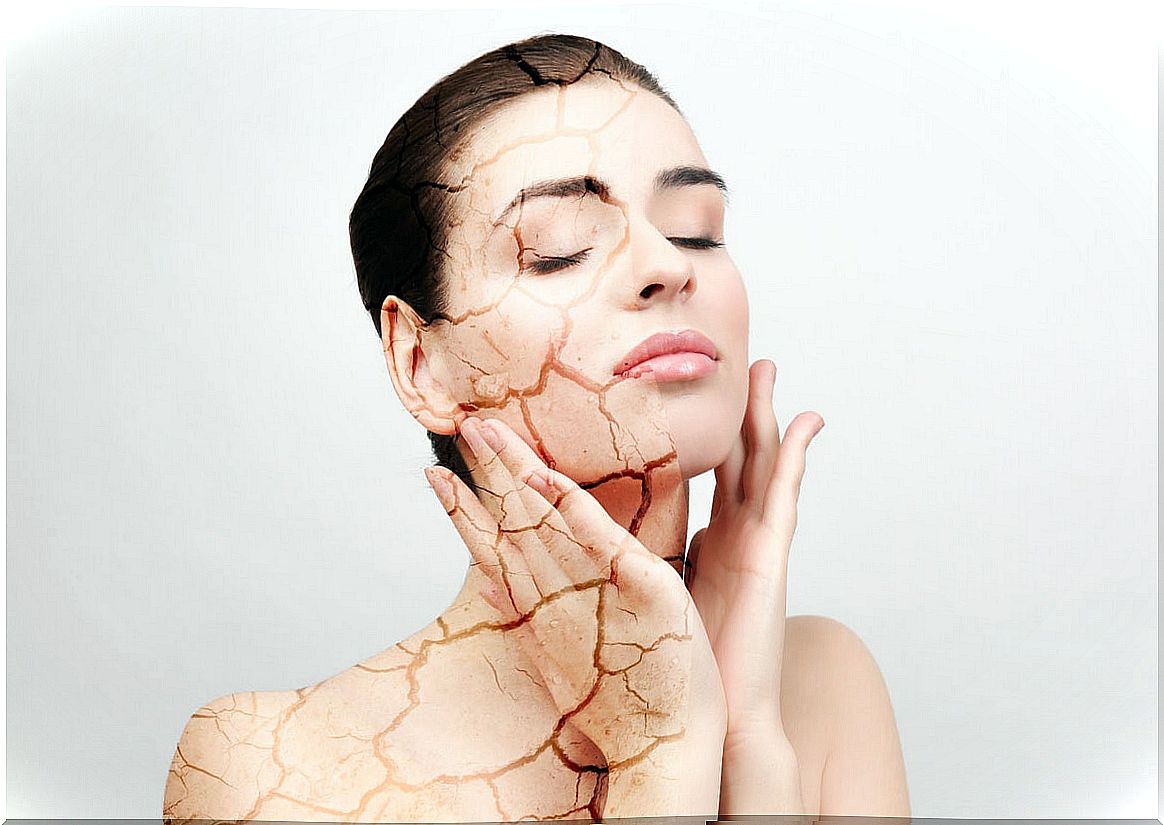
Ichthyosis vulgaris is a disease characterized by extreme dryness of the skin, but also thick and scaly. It is said that those who suffer from this pathology are as if they had no skin, but “fish scales.”
It should be noted that ichthyosis vulgaris is only one of more than 20 forms of ichthyosis. Of all of them it is the most common. It is estimated that 95% of ichthyosis cases correspond to this modality.
Sometimes this disorder appears along with other skin problems such as allergic eczema. Most cases of ichthyosis vulgaris are mild, but severe cases are also possible. So far, there is no cure for this pathology.
What is ichthyosis vulgaris?
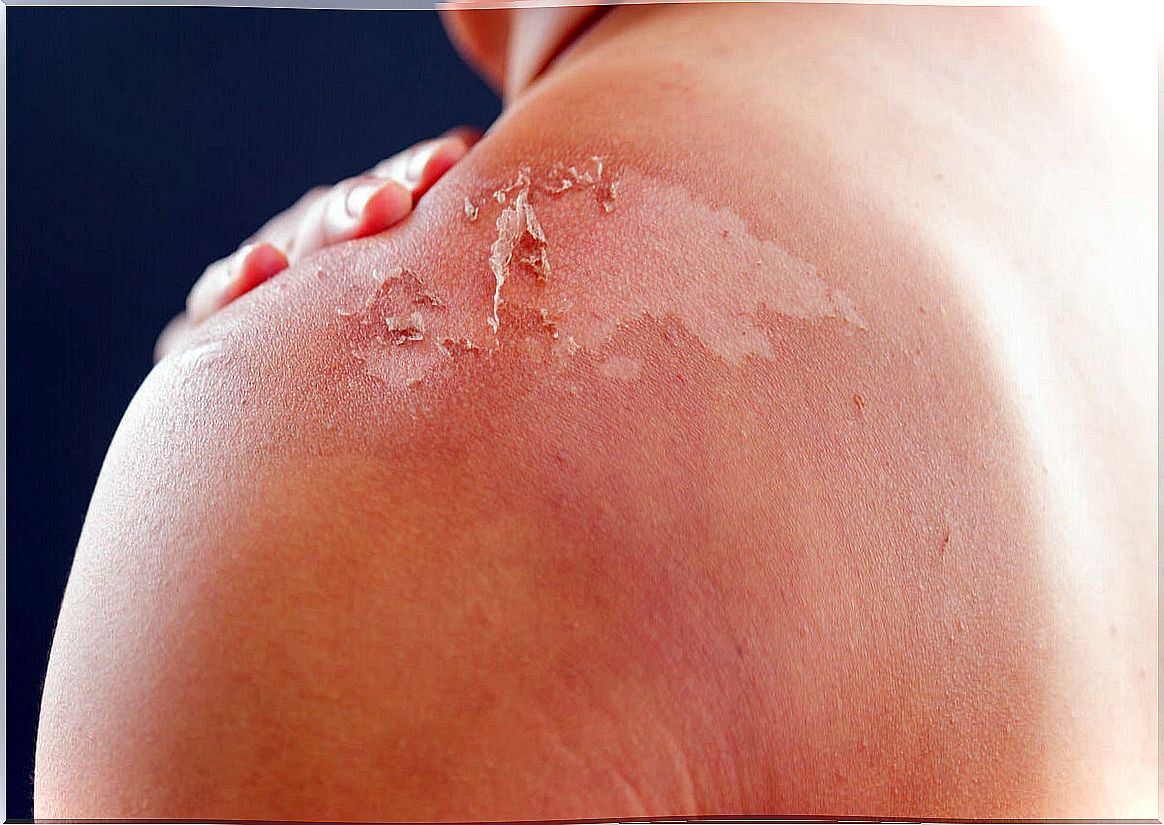
Ichthyosis vulgaris is an inherited disorder that causes skin cells to accumulate and form thick, dry scales on the skin’s surface. That is why it is also called “fish scale disease” or “fish skin disease”.
Ichthyosis vulgaris is the mildest form of ichthyosis. Most commonly, it begins in childhood, but adults can develop it as well, although it is very rare. In this case, it is acquired; that is, it is due to factors other than inheritance.
Many people with ichthyosis vulgaris do not even realize they have it. The manifestations are so mild that they are often confused with dry skin and are kept under control by using moisturizing creams.
What are your causes?
Most commonly, ichthyosis vulgaris arises from inheriting a genetic mutation from one or both parents. If it is present in only one of the parents, the course of the disease will be milder. If both parents have the mutation, the disorder tends to be more serious.
It is almost always present at birth or appears in the first years of life. It usually goes away during early childhood and symptoms no longer occur. However, there is also a small group of sufferers who re-experience the manifestations in adulthood.
Cases of ichthyosis vulgaris acquired in adulthood are rare. At this stage of life it is usually the result of the ingestion of some medications. Other times it is associated with diseases such as cancer, thyroid disease, or kidney failure.
Also, there are cases of ichthyosis vulgaris that are related to other skin diseases such as atopic dermatitis or keratosis pilaris . In the latter case there may be white or red bumps on the skin that are similar to acne.
Symptoms of ichthyosis vulgaris
Under normal conditions, the skin undergoes a periodic keratin shedding process and is renewed. If there is ichthyosis vulgaris, this process takes place much more slowly. This is how an accumulation of keratin occurs in the upper part of the skin and gives rise to scales.
When this occurs, the following symptoms occur:
- Dry Skin.
- Presence of small tile-shaped scales. The color can be white, gray or brown.
- Scaly scalp.
- Cracks in the skin, deep and painful.
- Thickened skin
- Itching
Scales appear most often on the elbows and lower legs. They tend to be thicker and darker in the area of the shins. Symptoms are more intense in cold, dry weather conditions. They improve if there is heat and humidity.
Diagnosis
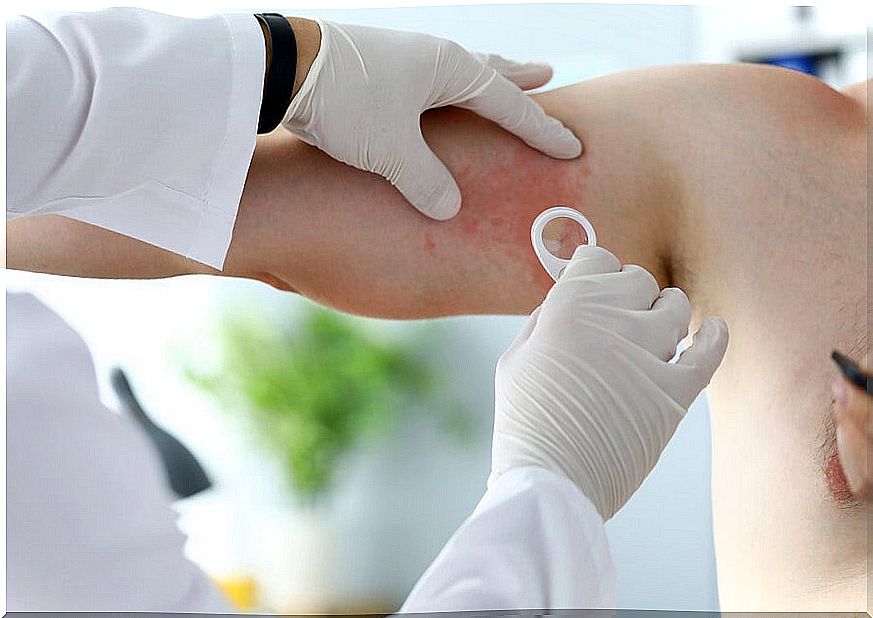
Many cases of ichthyosis vulgaris go undiagnosed, as they are mistaken for dry skin. However, a dermatologist can detect this disorder with the naked eye. Typically, they also inquire about family history and symptoms.
Likewise, the clinical interview will inquire about the presence of other skin problems or other health conditions that may be associated. Sometimes it is necessary to do a blood test and a skin biopsy to confirm the diagnosis.
Available treatments
Ichthyosis vulgaris has no cure; however, it can be treated with the goal of controlling symptoms. In principle, this condition is addressed with medications such as the following:
- Exfoliating creams and ointments. They allow to control flaking and provide moisture to the skin.
- Retinoids. They are generally used for severe cases of ichthyosis vulgaris, as they decrease the production of cells in the skin. They may have serious side effects, so use caution.
Regardless of whether you use medication or not, the most important line of treatment has to do with lifestyle and home care anyway. In this regard, it is advisable to adopt the following measures:
- Prolonged immersion baths. They allow to soften the skin. Then, with a sponge or a pumice stone, you can gently rub the skin and remove the scales.
- Towel dry. The best thing to do is to pat yourself dry after bathing with a towel. In this way, the skin remains a little moist.
- Moisturizing or lubricating cream. It is applied after bathing, even with damp skin. Helps keep skin hydrated.
- Product application. The application of products with urea, lactic acid or low-concentration salicylic acid is recommended. It should be done twice a day, as they help remove dead skin cells.
- Air humidifier. It is convenient to use it continuously to add humidity to the environment.
When to consult a dermatologist?
If performing the care routines there is no improvement, it is best to visit the dermatologist. Additional measures may be required to control the disease. In addition, it is important to rule out that there are other skin pathologies.
Ichthyosis vulgaris can cause cracks and indentations in the skin. Sometimes this facilitates the development of infections. In these cases, it is essential to go to the dermatologist to establish the pertinent indications.

